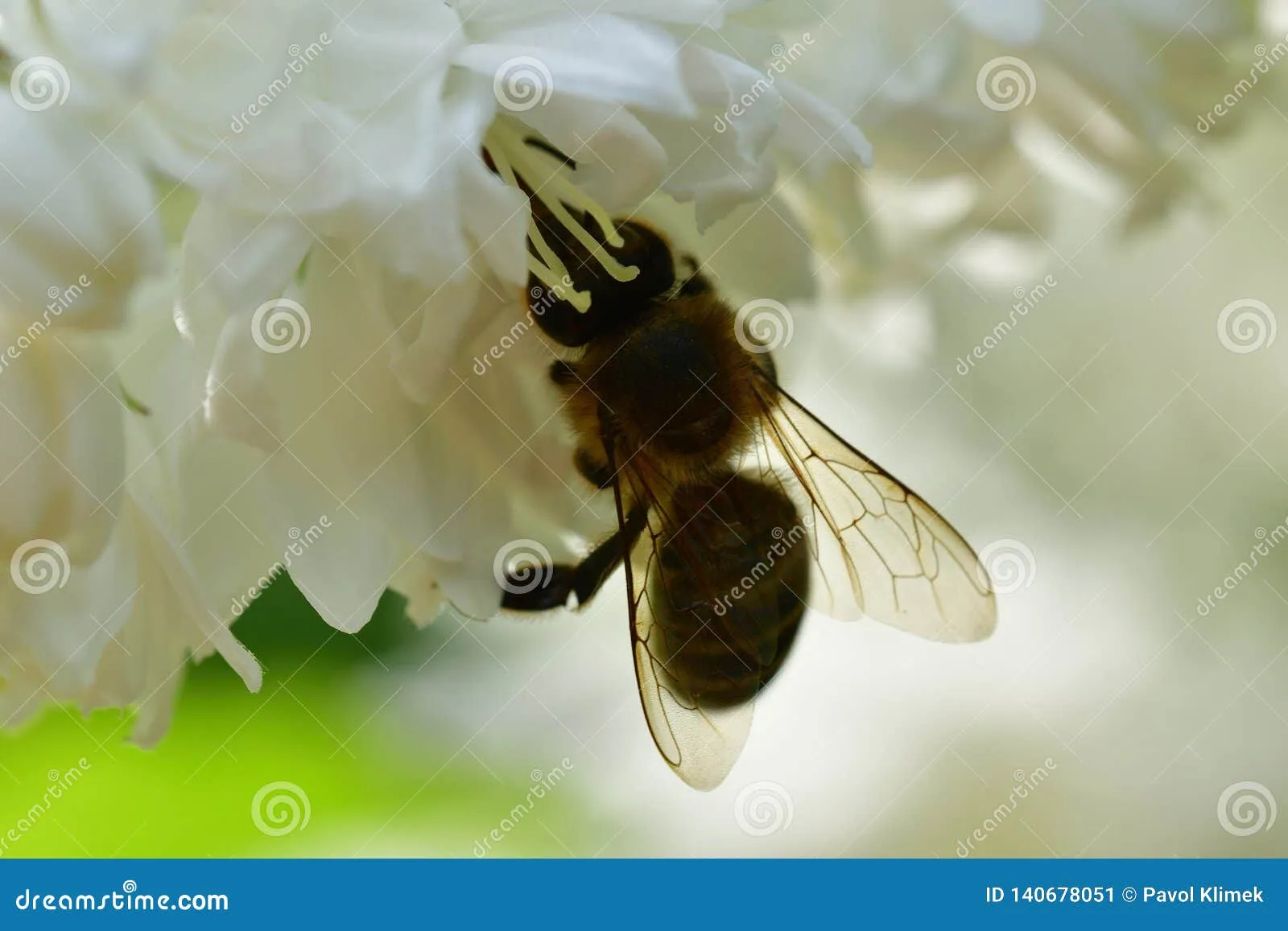What is a Honeymoon Fly?
The Honeymoon Fly, a fascinating insect, is a captivating creature in the insect world, though less known than other insects. These flies, often overlooked, play a role in their ecosystems and demonstrate unique behaviors. Understanding the Honeymoon Fly requires a closer look at its appearance, habitat, diet, life cycle, and conservation status. This article delves into the top 5 facts you should know about these intriguing insects, providing insights into their characteristics and importance within their environment. They are a key part of the biodiversity of the areas where they live, helping maintain ecological balance. These flies are a window into the complex interactions within the insect world and why they are worthy of our attention.
Appearance and Identification
Identifying a Honeymoon Fly starts with understanding its physical attributes. These flies typically possess a slender body shape, which aids in their flight and maneuverability. The color of a Honeymoon Fly can vary depending on the species, but common hues include shades of brown, black, and sometimes, iridescent colors. The size of the flies can range, with some species being quite small and others larger. The wings are another key feature, often transparent or slightly tinted, and they have unique venation patterns that help in their identification. Recognizing these characteristics is crucial when trying to distinguish a Honeymoon Fly from other similar-looking insects. Close examination of the body segments, antennae, and legs can further refine the identification process.
Distinguishing Features
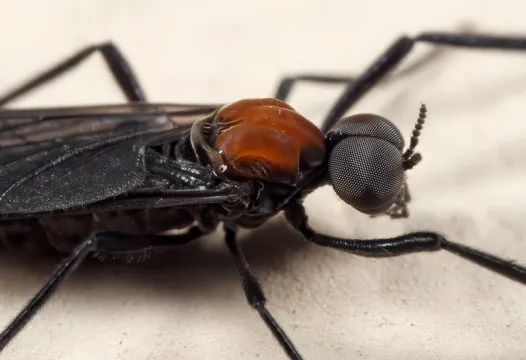
Distinguishing features of Honeymoon Flies include examining their head, thorax, and abdomen. The head often has large compound eyes, which provide a wide field of vision, crucial for spotting prey or avoiding predators. The thorax, the middle section, houses the wings and legs, and its structure can offer valuable clues for identification. The abdomen, the final segment, varies in shape and size depending on the species and the sex of the fly. In some species, the presence or absence of specific markings or patterns on the body parts provides a key to precise identification. Detailed examination using magnification can reveal subtle differences that distinguish one species from another. These distinguishing features help entomologists and enthusiasts alike identify and study these remarkable creatures more effectively.
Habitat and Distribution
Honeymoon Flies can be found in various habitats, from forests to grasslands, and even urban environments. They are adaptable creatures, thriving in different ecosystems. The distribution of Honeymoon Flies is not uniform, as their presence depends on factors such as climate, food availability, and the presence of suitable breeding grounds. The flies can often be found near water sources, where they may feed on aquatic insects or decaying organic matter. The geographic range of Honeymoon Flies varies; some species are widespread, while others are limited to specific regions. Understanding their habitat and distribution helps in appreciating the ecological role they play and allows for targeted conservation efforts where necessary.
Where They Live
Honeymoon Flies select their habitats based on various factors, including temperature, humidity, and the availability of resources. The flies often prefer areas with dense vegetation, which provides shelter from predators and harsh weather conditions. The presence of host plants, such as specific types of flowers or trees, also influences the selection of habitats, as they serve as a food source for both the adult flies and their larvae. Some species of Honeymoon Flies have adapted to urban environments, inhabiting gardens, parks, and even human dwellings. These flies often congregate in areas where they can find food and safe places to reproduce, such as under leaves, within tree bark, or near compost piles.
Geographical Range
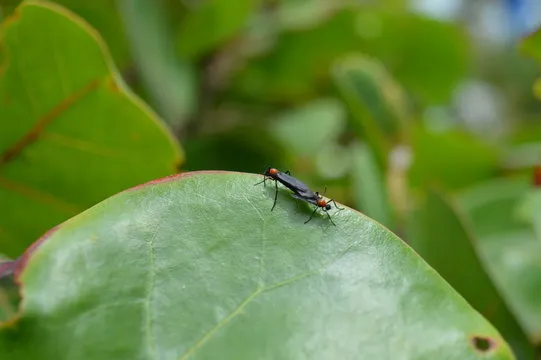
The geographical range of Honeymoon Flies varies significantly depending on the species. Some species are endemic to a particular region, while others are found across multiple continents. The distribution of these flies is influenced by environmental conditions, such as climate patterns and the availability of suitable habitats. For instance, certain species thrive in warmer climates, while others have adapted to colder regions. The range of Honeymoon Flies can also be affected by human activities, such as deforestation and habitat fragmentation, which can restrict their distribution and impact their survival. Monitoring the geographical range of these insects is essential for conservation efforts, helping researchers understand how they are affected by environmental changes and threats.
Diet and Feeding Habits
The diet of Honeymoon Flies includes a range of food sources, which vary according to the species and the stage of their life cycle. Many adult Honeymoon Flies feed on nectar, pollen, and other sweet substances, while the larvae often consume different types of organic matter. The flies are opportunistic feeders, adapting their diet based on the availability of food in their environment. These flies are vital in the food chain and often serve as a food source for other insects, birds, and small mammals. The feeding habits of Honeymoon Flies also affect the pollination of plants, the decomposition of organic material, and the overall health of the ecosystem. They contribute significantly to the environment they live in.
What Do They Eat?
The diet of Honeymoon Flies is as diverse as the environments they inhabit. Adult Honeymoon Flies typically feed on nectar, which they obtain from flowers. This nectar provides them with the energy needed for flight and reproduction. Some Honeymoon Fly species supplement their diet with pollen, which offers a source of protein and other nutrients. Larvae of Honeymoon Flies often consume decaying organic matter, such as dead leaves and animal waste. They play a critical role in the decomposition process, which recycles nutrients in the ecosystem. These insects sometimes eat other insects or small organisms, making them a food source for other animals.
Feeding Behaviors
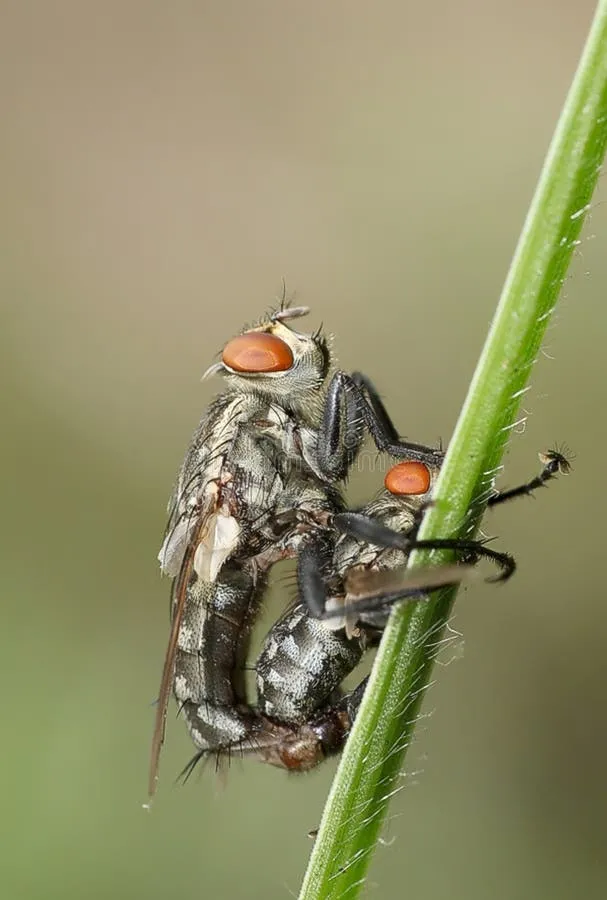
Honeymoon Flies exhibit varied feeding behaviors depending on their life stage and the food sources available. Adult Honeymoon Flies have specialized mouthparts adapted for sucking nectar from flowers. They often visit flowers repeatedly, gathering nectar and, in the process, may assist with pollination. The larvae of Honeymoon Flies are typically scavengers, feeding on decaying organic matter. They actively move through their environment, consuming whatever is available and contributing to the breakdown of organic material. Some species of Honeymoon Flies demonstrate cooperative feeding behaviors, particularly when feeding on larger food sources. These feeding behaviors are important for understanding the ecological role of Honeymoon Flies within their habitats, and for implementing effective conservation practices.
Life Cycle of the Honeymoon Fly
The life cycle of the Honeymoon Fly is a fascinating process that comprises several distinct stages. It is a complete metamorphosis, involving egg, larval, pupal, and adult phases. The duration of each stage varies depending on the species and environmental conditions, such as temperature and food availability. The different stages of the life cycle showcase the complexity of their biological processes. Understanding the life cycle is crucial for studying the insects’ behavior, and for developing effective conservation strategies. Each stage of the Honeymoon Fly plays a part in the survival of the species. The complete metamorphosis ensures a wide distribution of these species.
Egg Stage
The life cycle begins with the egg stage, during which female Honeymoon Flies lay their eggs in locations suitable for the development of the larvae. The eggs are often laid in or near the insect’s food source, such as decaying organic matter or flowers. The eggs are typically small and oval-shaped. The length of the egg stage varies depending on the species and environmental factors, from a few days to several weeks. The eggs need adequate moisture and warmth to develop successfully. The egg stage represents the initiation of a new generation of Honeymoon Flies. The eggs are also delicate and vulnerable to environmental changes and predators.
Larval Stage
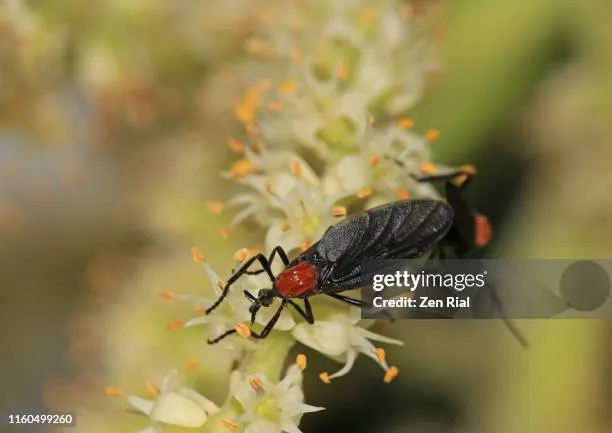
The larval stage is characterized by growth and development. Honeymoon Fly larvae, also known as maggots, hatch from the eggs and begin to feed voraciously. During this stage, the larvae go through several molts as they grow. The appearance of the larvae varies, with some species having a worm-like shape and others more specialized forms. The larval stage is a critical time for accumulation of energy reserves and building their structure. The duration of the larval stage depends on the species and food availability. As they grow, they play a role in the decomposition of organic matter. They contribute to nutrient cycling within the ecosystem. The larvae are constantly eating.
Pupal Stage
The pupal stage is a transitional phase where the larvae transform into adult flies. The larva forms a pupa, which can be enclosed within a protective structure such as a pupal case. Inside the pupa, the larval tissues are broken down and reorganized into the adult form. The pupal stage may last for several days or weeks, depending on the species and environmental conditions. During this time, the fly undergoes its most dramatic transformation. The pupal stage is a period of immense change. The pupa provides the ideal conditions for the fly to develop its wings and other adult structures.
Adult Stage
The adult stage is when the Honeymoon Fly emerges from the pupa and becomes capable of reproduction. Adult flies typically focus on mating, egg-laying, and feeding. The lifespan of an adult Honeymoon Fly varies. They are a vital part of the food chain. Adult flies may live for a few weeks or months, depending on the species and environmental conditions. During this stage, the flies contribute to pollination, decomposition, and nutrient cycling within their ecosystem. The adult Honeymoon Flies are responsible for the continuation of the species.
Interesting Facts About Honeymoon Flies
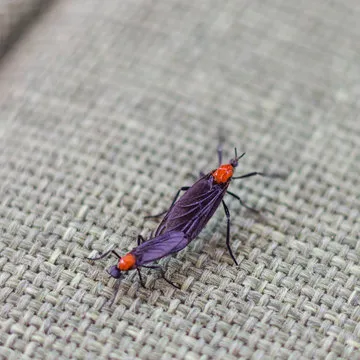
Honeymoon Flies possess unique characteristics and behaviors, making them particularly intriguing to study. One interesting fact is their adaptability to various environments, including urban areas, which demonstrates their resilience. The flies play a role in pollination, which makes them essential for maintaining the health of the ecosystem. Another interesting fact about Honeymoon Flies is their specialized mouthparts, which are adapted for extracting nectar from flowers, highlighting their dependency on specific food sources. The life cycle of the Honeymoon Fly, with its stages of metamorphosis, provides insight into the evolution of insects. The more you know about these flies, the more interesting they become.
Unique Behaviors
Honeymoon Flies exhibit a range of unique behaviors, making them fascinating subjects for observation. Some species are known for their swarming behavior, where large numbers of flies gather in a specific location. Others display complex mating rituals. The flies are also known for their interactions with other insects. Their feeding habits also demonstrate their unique approach to survival. Understanding these unique behaviors is important to grasp their ecological roles. The different behaviors are a product of their environment.
Ecological Role
Honeymoon Flies play crucial roles within their ecosystems. They contribute to pollination, helping plants reproduce by transferring pollen. The flies support decomposition, which helps to recycle nutrients and maintain the health of the ecosystem. They serve as a food source for other animals. The presence of Honeymoon Flies indicates a healthy ecosystem. The ecological role of the Honeymoon Fly showcases the intricate connections within nature. The Honeymoon Fly helps to maintain the balance in the environment.
Conservation Status
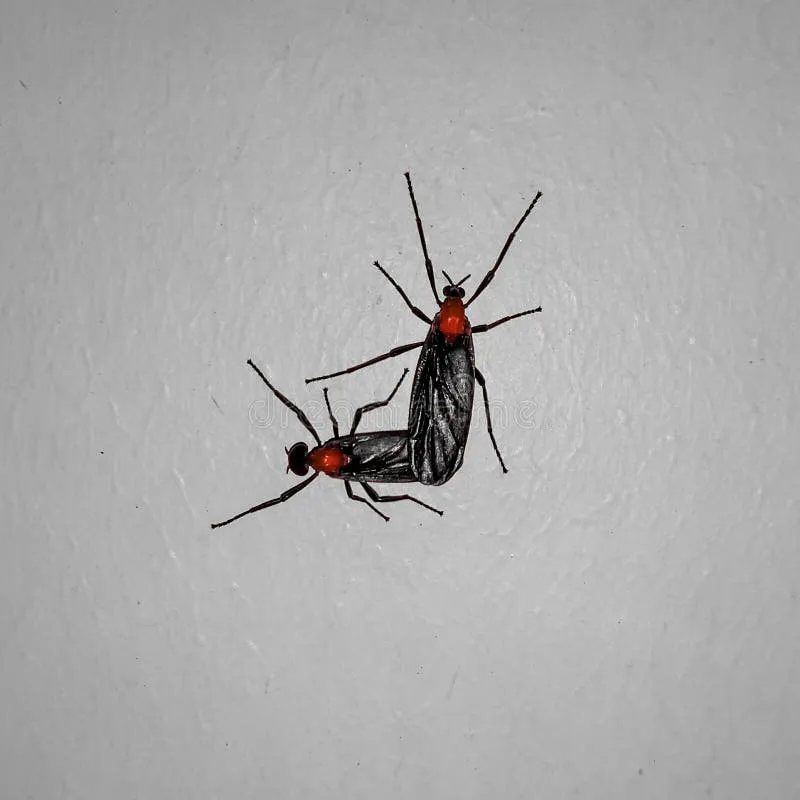
The conservation status of Honeymoon Flies varies depending on the species and the habitat they occupy. Some species are widespread and abundant, while others face threats that may impact their survival. Understanding the conservation status of Honeymoon Flies helps to prioritize protection efforts. Conservation efforts are crucial for preserving the diversity and roles of these insects within their ecosystems. The threats impact their survival, and there are strategies to address the issues. It is important to recognize the significance of these insects for conservation efforts.
Threats to Survival
Honeymoon Flies face a number of threats to their survival, including habitat loss, caused by deforestation, urbanization, and agricultural expansion. The widespread use of pesticides harms these flies, disrupting their life cycle. Climate change can impact the distribution and survival of Honeymoon Flies. It is essential to address these threats to protect their populations. Protecting the habitats of these flies is also an important element in their survival. Understanding these threats is the first step in protecting these flies.
Conservation Efforts
Several conservation efforts are underway to protect Honeymoon Flies and their habitats. Habitat restoration projects are essential for providing them with places to live. The reduction of pesticide use is another key strategy. Raising awareness about the importance of Honeymoon Flies and their role in the ecosystem is also necessary to protect these insects. Support for scientific research helps gain a better understanding of these species. Conservation efforts require a collaborative approach. These efforts provide the foundation for their survival.
In conclusion, the Honeymoon Fly, while perhaps not as famous as other insects, is a fascinating creature with many interesting facts. From their varied appearances and behaviors to their vital role in the environment, these flies show the complexity and beauty of the insect world. Understanding their life cycle, the habitats they occupy, the food they eat, and the threats they face is essential to appreciate and protect them. These insects are just one part of the vast and interconnected world that surrounds us. The study and protection of Honeymoon Flies remind us of our responsibility to conserve the biodiversity that enriches our planet. By learning more about these flies, we can appreciate the interconnectedness of life on Earth and recognize the importance of conservation.
